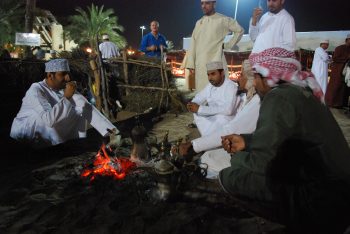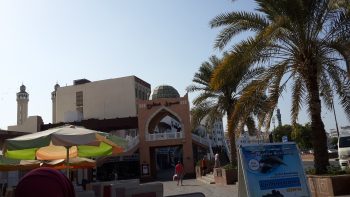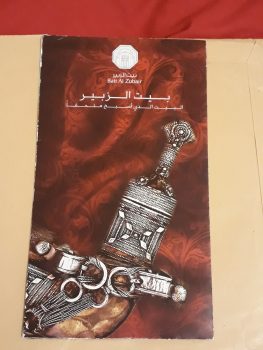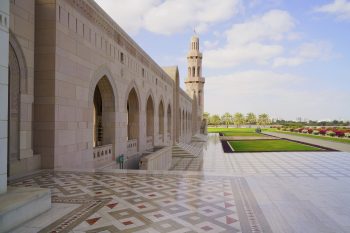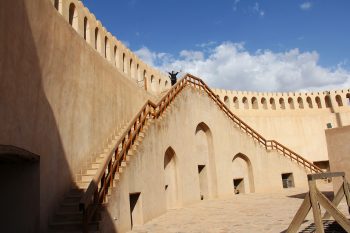Oman عُمان: through my eyes (2) Posted by Hanan Ben Nafa on May 15, 2020 in Arabic Language, Culture, Vocabulary
Welcome back to this post about Oman. In this second part of the post, I continue to tell you about my experience in Oman عُمَان and its capital – Muscat مَسْقَطْ to be specific. It’s Oman and not Amman عَمَّان by the way 😀 The latter is the capital of the Arabic country Jordan, but I wanted to draw your attention to it as there’s usually a lot of confusion خَلْطْ between the two!
So, last time, I started talking about Oman and focused on three aspects: its people, the weather and landscape. This time, I’m going to focus on two aspects in detail and these are: the torus الجولات I have went on and landmarks المعالم الرئيسية or iconic places I visited during these tours.
Tours & Landmarks جولات ومعالم رئيسية
Most of the tours I went on were actually made on the same day, thanks to the Hop-on hop-off Muscat Big Bus. It’s exactly like the one in London except that the writing on it is in Arabic 😉 It was relatively cheap, and it takes you to pretty much all the iconic places in Oman. On that day, I visited many places but there are the two that made an everlasting impression on me:
-
Souq Matrah سوق مطرح
It’s an old market that sells traditional food (I tried original Karak tea شاي كرك there or the first time!!), handmade crafts الحِرف اليدوية and some precious herbs like saffron الزعفران.
The market is built just on the opposite side of Matrah harbour ميناء مطرح where you can see some fishing boats مراكب صيد and fishermen الصيادين nearby.
-
Al-Alam Palace قصر العلم
As the name suggests, this is the palace/residence place of the former Sultan of Oman> Sultan Qaboos. In the area nearby, there are many official governmental buildings that include ministries وزارات, etc.
I also visited a popular museum there called Bait Al-Zubair بيت الزبير (house of Zubair) which included amazing illustration, old photos and information about life in Oman and traditions.
*Below is a photo of the leaflet I got from the museum from my visit in 2013!
-
Sultan Qaboos Grand Mosque جامع السلطان قابوس الكبير
This landmark wasn’t included in the bus tour, so I went to visit it separately. This huge mosque is the most important mosque in Oman. It was named after the former Sultan of Oman Qaboos who issued a royal order to build the mosque. Interestingly, the mosque is open daily for visitors مفتوح يوميًا للزوّار . The interior design التصميم الداخلي of the mosque is very unique مميز and fancy فاخر.
-
The ton of Nizwa ولاية نزوى
Finally, there is the old and famous town/state of Nizwa. You can easily visit it as we booked a casual tour which meant a taxi, a tour guide دليل سياحي and four people in total. Nizwa is only 90-minute drive away from the capital.
Nizwa is known for its historical monuments الآثار التاريخية – it’s full of them! It’s particularly known for its castles and forts. The main castle is Nizwa castle which goes back to the 17th century, thus, considered one of the oldest الأقدم in the country. In addition to the many forts in Nizwa, the most popular one الأكثر شهرة in the town and in Oman as a whole is Nizwa fort that played a great role, alongside with the castle, to provide safety and protection for the country.
Until next week, keep it up and continue learning Arabic 🙂

Build vocabulary, practice pronunciation, and more with Transparent Language Online. Available anytime, anywhere, on any device.



